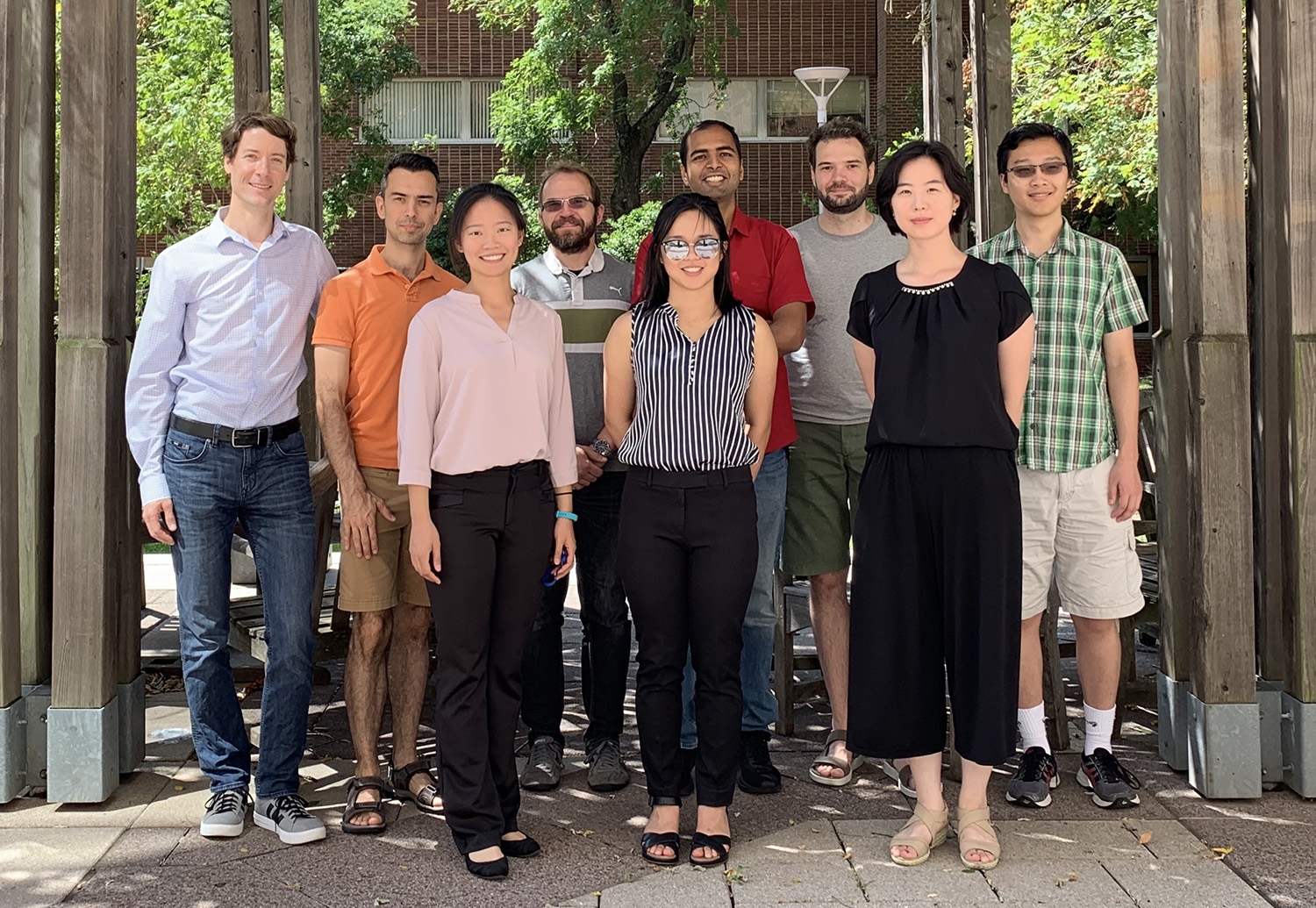We are hiring!
Update: These positions have now been filled The Genome Informatics Section is hiring! Come join our outstanding team at the NIH’s National Human Genome Research Institute and contribute to the development of new reference genomes and computational methods for DNA sequencing and analysis. Will consider postdoc, PhD, and engineer applications. More information and application instructions follow below.

Multiple positions are available under the supervision of Dr. Adam Phillippy at the NIH’s National Human Genome Research Institute (NHGRI). Dr. Phillippy leads the Genome Informatics Section, which develops and applies computational methods for the analysis of massive genomics datasets with a focus on problems related to genome sequencing. Members of the section have developed many widely used bioinformatics methods (e.g. MUMmer, Mash, Canu), and are leaders in the field of long-read DNA sequencing.
The section is currently seeking applicants with an interest in developing and/or applying computational methods for genome assembly, sequence alignment, structural variant detection, metagenomics, and information visualization. Current projects in the lab include our efforts to finish the human reference genome (Telomere-to-Telomere Consortium), sequence and explore the human pan-genome (Human Pangenome Project), and assemble the genomes of many diverse vertebrate species (Vertebrate Genomes Project). Future work includes democratizing genomics with real-time nanopore sequencing and analysis. Applicants must possess strong English, programming, and analytical skills. Past experience in computational genomics is preferred but not required.
The NHGRI Intramural Research Program is located on NIH’s main campus in Bethesda, Maryland and offers a wide array of training and collaboration opportunities for early-career scientists. The funding for these positions is stable and offers wide latitude in the design and pursuit of bioinformatics research. The successful candidate will have access to extensive high-performance computing resources (BioWulf), the NIH intramural sequencing center (NISC), NHGRI core facilities, and the NIH Clinical Center. The typical stipend for a computational postdoc is approximately $70k per year and includes family health insurance. Software engineering salaries are commensurate with experience and competitive with industry. Answers to some frequently asked questions can be found here: NIH Postdoc FAQs. PhD training can also be arranged through most nearby universities, such as the University of Maryland, via the NIH Graduate Partnerships Program.
To apply: Interested applicants should submit their CV, a brief personal statement, and the names of three references to: adam.phillippy@nih.gov
The NIH is dedicated to building a diverse community in its training and employment programs.